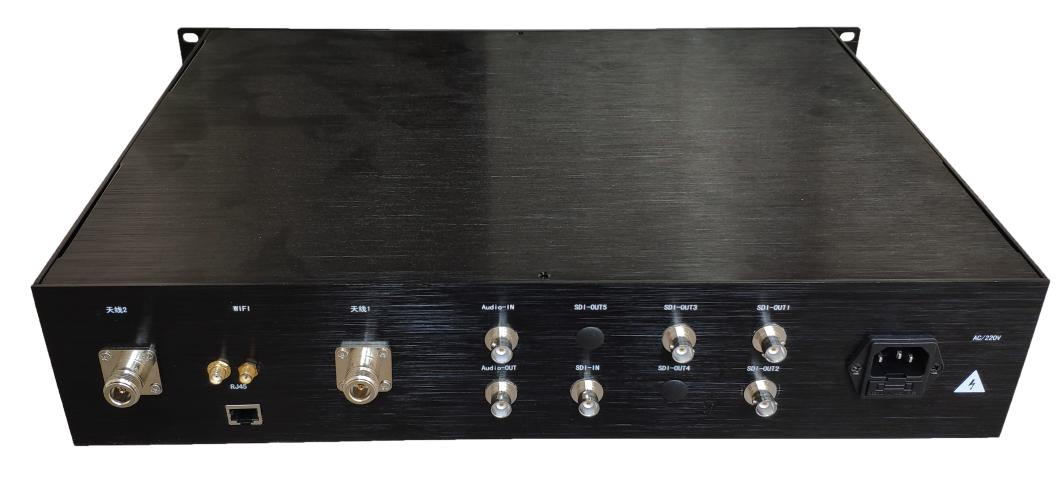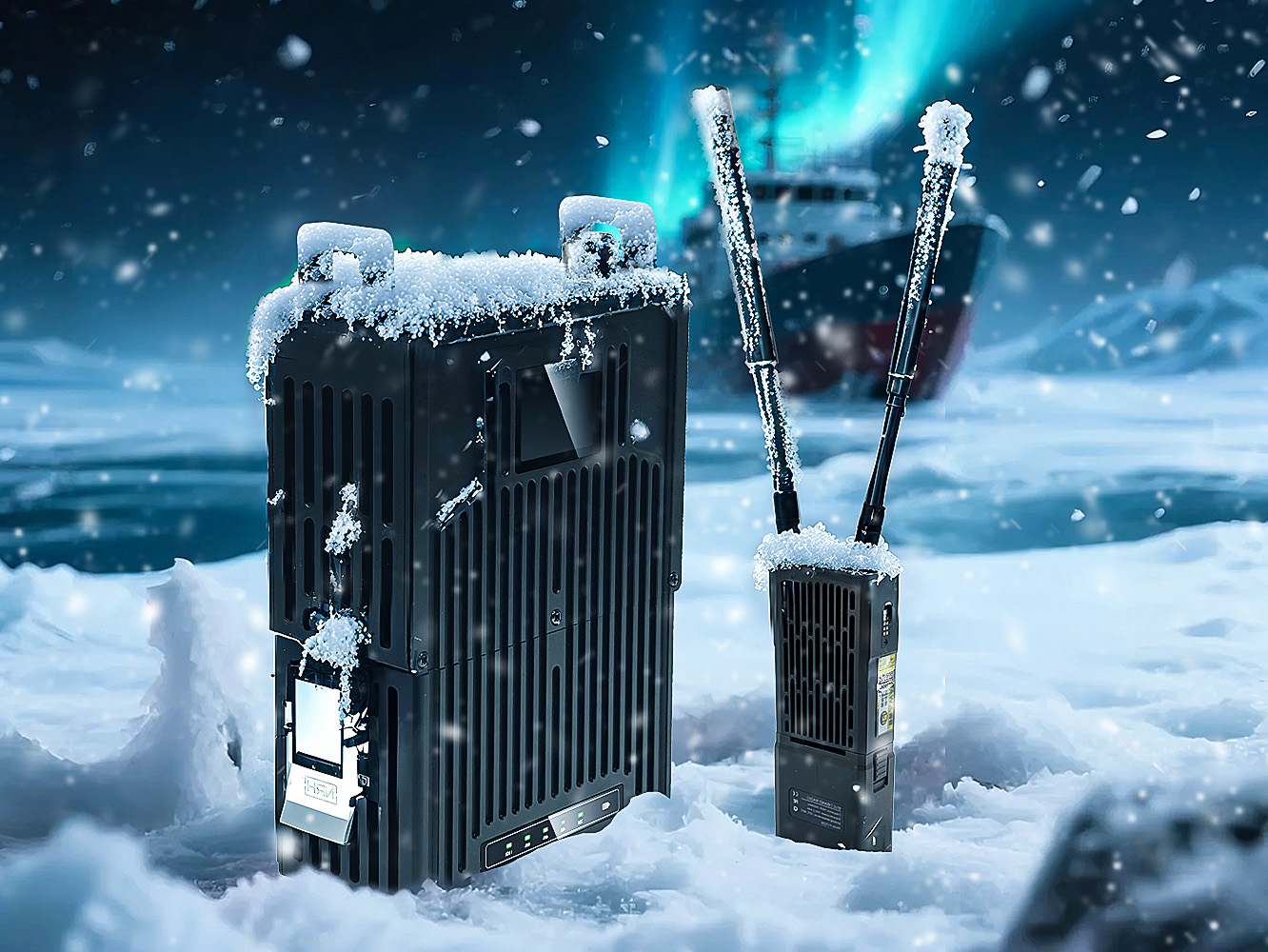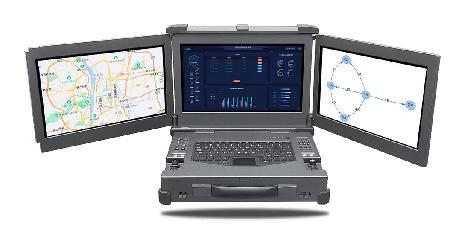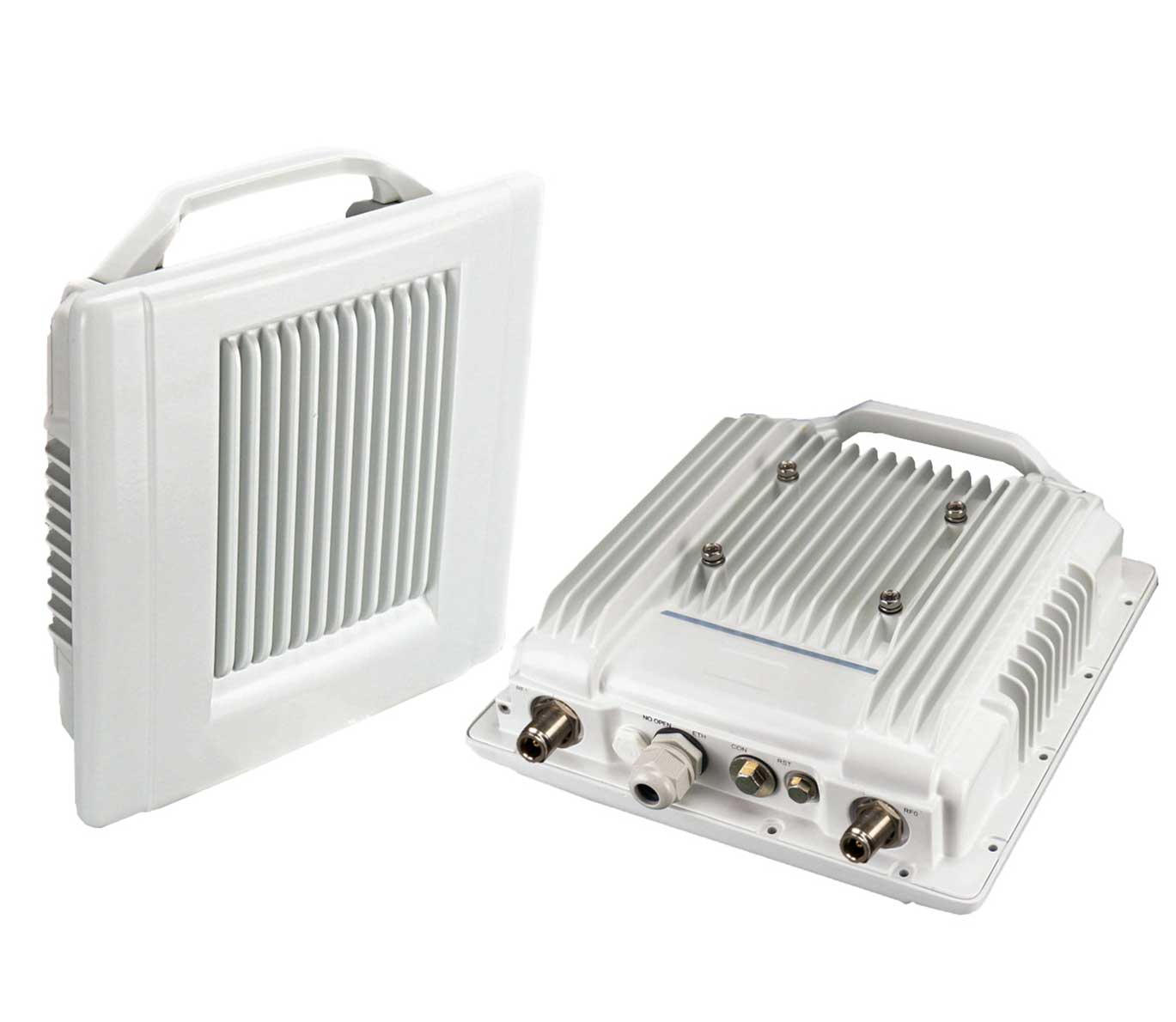How to Set Up a Wireless Self-Networking Station in Remote Areas
In today’s hyper-connected world, internet access is often taken for granted in urban and suburban regions. However, millions of people living in rural and remote areas still face significant challenges when it comes to reliable connectivity. Traditional infrastructure such as fiber-optic cables or cellular towers is often expensive or impractical to deploy in these locations. This is where wireless self-networking stations, often built on the concept of ad hoc wireless networks, come into play. These systems allow communities and organizations to set up decentralized, flexible, and resilient communication networks without relying heavily on centralized infrastructure.

Understanding Wireless Self-Networking Stations
A wireless self-networking station refers to a communication system where devices connect directly to each other without requiring centralized infrastructure like routers, towers, or ISPs. These networks are often based on ad hoc networking principles or mesh networking technologies, where each device can act as both a transmitter and a receiver.
Key features include:
Decentralization: No single point of failure, as devices share communication responsibilities.
Flexibility: New nodes can be added without significant reconfiguration.
Resilience: If one node fails, data can reroute through other paths.
These characteristics make wireless self-networking stations ideal for rural areas, disaster recovery scenarios, or temporary communication setups in places without traditional infrastructure.
Key Technologies for Remote Wireless Networks
Ad Hoc Wireless Networks
Devices communicate directly without centralized administration. This is the simplest form of a self-networking station, suitable for small-scale networks.
Mesh Networks
A more advanced version of ad hoc networks where each device, or “node,” can forward data. Mesh networks improve coverage and reliability by enabling multi-hop communication.
Point-to-Point (P2P) and Point-to-Multipoint (P2MP) Links
In situations where long distances are involved, high-gain directional antennas can be used to create links between two points (P2P) or multiple stations from a central hub (P2MP).
Solar-Powered and Battery Systems
Since remote areas often lack reliable electricity, energy-efficient equipment combined with solar panels and batteries is crucial to keep the network operational.
Low-Power Wireless Protocols
Technologies like Wi-Fi, Zigbee, or LoRa can be adapted depending on the coverage and data requirements.
Steps to Set Up a Wireless Self-Networking Station
1. Assess the Area and Needs
Before building the network, analyze the geography and communication requirements:
How far apart are the users or communities?
What type of terrain exists (mountains, forests, or flat land)?
What applications are expected (basic messaging, video streaming, emergency alerts)?
This assessment determines whether to use long-range microwave links, short-range Wi-Fi, or hybrid systems.
2. Choose Suitable Equipment
For remote deployments, rugged and energy-efficient equipment is essential. Consider:
Directional antennas for long-distance connections.
Omnidirectional antennas for local coverage.
Wireless access points or mesh routers that support self-healing and auto-configuration.
3. Establish Power Solutions
Electricity scarcity is a major hurdle in remote areas. Solar panels with battery backups are often the most reliable solution. Hybrid systems combining renewable energy and diesel generators may also be necessary for harsh environments.
4. Deploy Nodes Strategically
Nodes should be placed in locations with maximum line of sight, such as hilltops or tall buildings, to reduce interference and ensure strong signal propagation. In mesh networks, nodes must be close enough to maintain stable multi-hop connections.
5. Configure the Network
Depending on the chosen protocol:
Assign IP addresses (or allow dynamic allocation).
Enable routing protocols like AODV (Ad hoc On-Demand Distance Vector) or OLSR (Optimized Link State Routing).
Activate encryption for data security.
6. Test and Optimize
Once deployed, test the network’s coverage, latency, and throughput. Fine-tune antenna alignment, adjust transmission power, and optimize routing paths for reliability.
7. Provide Local Training
Since maintenance in remote areas is challenging, local users should receive basic training on troubleshooting and monitoring equipment. This ensures long-term sustainability.
Benefits of Wireless Self-Networking Stations in Remote Areas
Connectivity for Isolated Communities: Enables access to education, healthcare, and markets.
Emergency Communication: Vital for disaster-prone areas where centralized infrastructure may fail.
Scalability: Networks can start small and expand as demand grows.
Cost-Effectiveness: Eliminates the need for expensive fiber or cable installations.
Challenges to Consider
While promising, these networks are not without challenges:
Limited Bandwidth: Wireless links may struggle with high data loads compared to fiber.
Interference and Obstacles: Mountains, trees, or weather can reduce signal quality.
Security Risks: Open networks are vulnerable to interception unless properly encrypted.
Maintenance: Equipment longevity depends on weatherproofing and local management.
Conclusion
Setting up a wireless self-networking station in remote areas is a transformative step toward bridging the digital divide. By combining ad hoc networking principles, mesh topologies, renewable power solutions, and robust equipment, communities can gain reliable, independent connectivity. Such solutions not only support social and economic development but also strengthen resilience in the face of disasters and emergencies.
TuQian Ad Hoc Wireless Network:
As a trusted provider of wireless communication solutions, TuQian offers advanced ad hoc wireless networking systems designed for challenging environments. With expertise in long-range microwave links, mesh networks, and rugged equipment powered by renewable energy, TuQian ensures reliable and scalable connectivity for rural communities, emergency response teams, and mission-critical applications. Whether you are building a small village network or a wide-area communication system, TuQian delivers performance and dependability in the most remote corners of the world.












